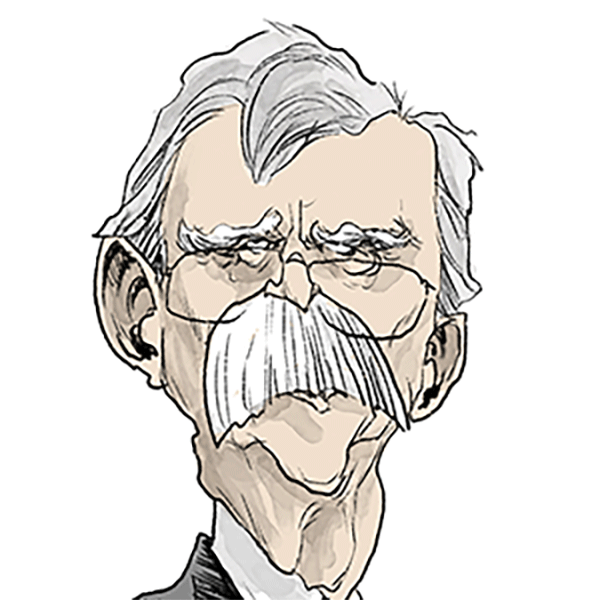Gun violence drops 12% in Denver as number of shootings plunges
Published in News & Features
DENVER — Gun violence in Denver is going down.
So far this year, the city has seen a 12% decrease in overall gun violence compared to the same point in 2023, including a 30% drop in the number of fatal shootings and a 28% drop in non-fatal shootings, Denver police Cmdr. Jake Herrera told City Council members Wednesday during a presentation to the Safety, Housing, Education and Homelessness Committee.
The sweeping decline in shootings was countered by an increase in other gun violence — including robberies in which a suspect brandished a gun or incidents in which a suspect fired a gun but no one was hurt — that has stopped the city short, so far, of Mayor Mike Johnston’s goal to reduce gun violence by 20% in 2024.
“If someone points a firearm at someone, but doesn’t use it, doesn’t shoot it, that’s still a violent gun crime,” Herrera said. “So although we’re having a banner year in terms of bullets-in-body reductions, we have seen an increase in street robberies and felony menacings.”
The decline in overall gun violence continues a trend seen both in Denver and nationwide in which violent crime has steadily dropped since reaching historic highs during the COVID-19 pandemic.
Ninety-five people were killed in Denver in 2020, 96 in 2021, 88 in 2022 and 85 in 2023. At this point last year, 77 people had been killed, compared to 66 people so far this year, according to the Denver Police Department. This year’s homicide count has already topped 2019’s year-end total of 63 homicides.
The city recorded 267 shootings at this point in 2023, compared to 193 so far this year, according to police.
Herrera attributed the significant drop in shootings this year to the police department’s emerging three-pronged approach to gun violence that couples a focus on people with a focus on places.
Police this month launched the Gun Violence Assistance Intervention Network, or GAIN — a strategy used in scores of cities across the nation, most recently in Aurora. The program aims to reduce gun violence by identifying the people who are most likely to commit gun violence or most likely to become victims of violence.
Once those people are identified, the city offers them extensive social services if they agree to turn away from gun violence. If they continue committing acts of gun violence, police and prosecutors instead focus their attention on those individuals and aim to crack down on them with the full force of the law.
Some 60 cities have tried the strategy behind GAIN, according to the National Network for Safe Communities, with varying success. Cincinnati saw a 41% reduction in gang-related homicides in 3½ years after the strategy was rolled out there in 2007.
In other cities, the use of GAIN did not produce large or sustained declines in gun violence. The approach has been criticized for being resource-heavy and requiring significant, sustained collaboration and participation from a wide swath of agencies across social service providers, law enforcement and the court system.
The second two prongs of Denver’s plan to combat gun violence are focused on geographic locations, with both short- and long-term strategies.
For short-term responses, Denver police created a strategy called “Hot Streets” aimed quickly at curbing spikes in violence. Police officers spend about 15 minutes patrolling a targeted block at random intervals every two hours during the 10 most violent hours in a day, and do that every day for a month.
Officers focus on just one targeted hot street for each police district each month. Since the program started in July, officers have conducted 2,686 hot street patrols, Herrera said. The targeted locations saw an 85% reduction in violence compared to the prior month, he said.
The targeted intersections also saw a 40% reduction in violence when compared to other problem areas that did not receive the special patrols, he said.
“The way I like to think of this is, you can’t prevent a cold,” Herrera said. “But when you feel that first cough or tickle, you can take Zinc tablets, you can take Emergen-C. Things that will lessen the length of time you have that cold. And that is all this is. What can we do to keep the violence from developing legs and roots?”
The police department’s longer-term approach for larger geographic areas that are facing high crime has been in place for several years and aims to improve designated areas through an initial heavy police presence, followed by physical changes to the environment — like added lighting or fences — and then a long-term economic investment in the area.
This year’s targeted areas have been named as: Paco Sánchez Park, East Colfax Avenue and Verbena Street, the 800 block of Oneida Street, 47th Avenue and Peoria Street, Mississippi Avenue and Raritan Street, and Lower Downtown. The investment in those areas should span several years, Herrera said.
“You can’t just leave when the arrests are made,” he said. “Unless you coordinate and invest city resources and make big structural changes to the built environment, the crime networks will re-emerge. That is why it is such a long-term strategy.”
Councilwoman Flor Alvidrez, who lives near the targeted area of Mississippi and Raritan, said Wednesday she has yet to see much impact from the police department’s efforts, which began in March.
“It’s been really frustrating and it is a scary time,” she said during Wednesday’s committee meeting. “…We live with constant gunfire all night. I’m grateful for the investment, but we need more.”
____
©2024 MediaNews Group, Inc. Visit at denverpost.com. Distributed by Tribune Content Agency, LLC.







Comments